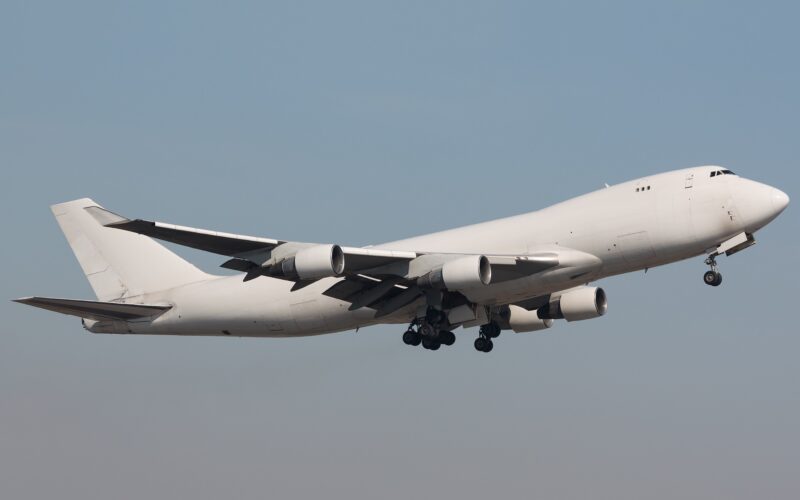FAA addresses unsafe Boeing 747 wing and landing gear condition

The Federal Aviation Administration (FAA) has issued an Airworthiness Directive (AD) to address two unsafe conditions on all Boeing 747 models. The new directive supersedes a previous notice that did not include the Boeing 747-8 and Boeing 747-8F.
The AD, which is a final rulemaking, was published on December 22, 2022. The Notice of Proposed Rulemaking (NPRM) was issued in September 2022, when operators of the aircraft and other interested parties had an opportunity to submit responses. The Air Line Pilots Association, International (ALPA) was the only organization to put forward their proposals, agreeing with the authority on the change without additional suggestions.
Previously, the AD affected all Boeing 747s except for the latest iteration of the type.
Lower trailing edge panels and landing gear beam end fittings of the Boeing 747
The FAA’s newest rulemaking addressed the unsafe conditions of two parts on the aircraft, namely the lower trailing edge panels of the left wing and a broken fuse pin of the landing gear beam end fitting.
Prompted by damage discovered on both, the agency will now require operators to conduct additional inspections to identify cracked fuse pins, as it determined that ‘additional airplanes are subject to the unsafe condition’. The directive’s text also indicated that the NPRM, which has now resulted in a final rulemaking, ‘was further prompted by the need for new ultrasonic testing (UT) inspections for cracking of the fuse pin, and the determination that additional airplanes are subject to the unsafe condition’.
‘In the NPRM, the FAA proposed to continue to require repetitive replacement, or repetitive magnetic particle or surface high-frequency eddy current (HFEC) inspections, of certain fuse pins, and applicable on-condition actions’, the new AD continued. According to the regulatory body, it also suggested ‘the option for repetitive replacement of certain corrosion-resistant (stainless) steel (CRES) and steel alloy fuse pins at the wing landing gear beam end fitting; and repetitive magnetic particle inspections, or repetitive HFEC and UT inspections, for cracking of the fuse pin, and applicable on-condition actions’.
The AD also added the Boeing 747-8 and Boeing 747-8F to the list of affected aircraft.
According to the agency’s estimates, the directive will affect 207 aircraft that are registered in the United States (US). Furthermore, six potential actions need to be completed for the relevant aircraft to be airworthy. The FAA determined that the total cost for all US-based operators to replace the fuse pin would be $3.9 million, while the magnetic particle inspection can cost up to $844,560 per inspection cycle, as well as collective costs of $175,950 to complete surface inspections. All three of these aforementioned actions were retained from the preceding AD. The cost per aircraft is $19,060, $4,080, and $850 respectively, per replacement or inspection cycle, including parts and labor expenses.
Three additional actions were introduced by the latest directive and airlines can choose which one they take to ensure the airworthiness of their 747s. A CRSE fuse pin replacement is estimated to cost $12,917 per cycle (total US operator cost of $2.6 million), steel alloy fuse replacement is priced at $13,603 per cycle (total US operator cost of $2.8 million), and surface HFEC and UT inspections can amount to $935 per inspection cycle (total US operator cost of $193,545).
‘A broken fuse pin will not support the wing landing gear beam, causing damage to the surrounding structure, including flight control cables and hydraulic systems, which could result in loss of controllability of the airplane’, concluded the FAA. Damage found at the lower trailing edge panels of the left wing warranted ‘repetitive inspections and optional repetitive replacement of certain corrosion-resistant (stainless) steel (CRES) and steel alloy fuse pins are necessary to address the unsafe condition’.
